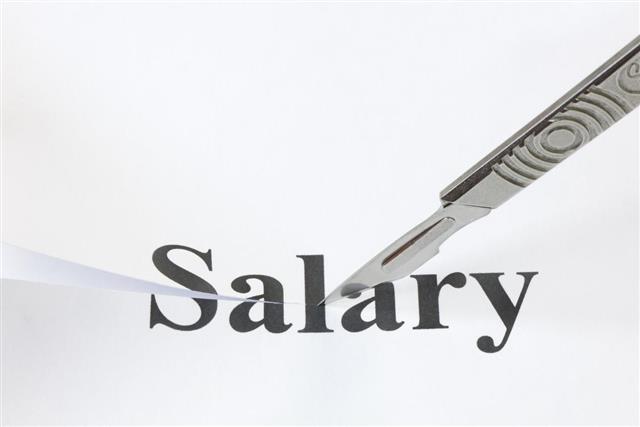
In today’s uncertain economy, what steps can small to midsize companies take to keep their business afloat, without having to lay people off? Read through this article to find some of the answers.
The news is filled with reports of businesses laying people off by the hundreds or thousands. Companies of all sizes are being forced to downsize, file bankruptcy, or even close their doors forever. No organization is immune to facing problems with its balance sheet, in an economy this fraught with potential disaster. Moreover, an uncertain future is usually harder to manage for a small to midsize company.
For large companies, management can choose to fire people in order to trim operating costs and thereby retain financial capital. But for small companies, there are creative ways to improve the balance sheet, while allowing employees to stay, thereby retaining human capital.
Reduce salaries across the board: When faced with the prospect of losing their job, employees might welcome the idea of taking a pay cut instead. But lowering the salaries of just a few or a group of people will risk fostering grudges or ill will, which will impact the productivity and morale of the workforce. A more effective solution is to cut salaries across the board by the same percentage, including the management. It may sound odd but doing this might make people feel like they are a part of the solution, and improve their motivation.
Eliminate vacation or holiday pay: Paid vacations and holidays are a benefit offered by most companies, but they aren’t dictated by law. Therefore, a company can save money by ending these benefits. Although, it will mean that the employees will not be paid for taking time off, it may also result in them taking fewer days off, which will increase their productivity. Moreover, not being paid for your time off is certainly better than being laid off.
Offer temporary furloughs: Some employees may be willing to take a little time off without pay, if it will result in their job being secure. Furloughs could be scheduled for them in batches, with one group off for two weeks, then, as they return to work, another group goes off for the next two weeks, and so on. Being laid off temporarily until economic conditions are better, sure beats being discharged permanently.
Implement a shorter workweek for hourly workers: For years, some large corporations have had workweeks of 35 – 37 hours rather than the traditional 40-hour workweek. The trend of a shorter workweek was originally designed to make the workplace more appealing and keep employees happier. For companies with hourly workers, a shorter workweek will mean less pay, but if working fewer hours will increase the likelihood of being able to keep the job, then workers may gladly accommodate the reduced schedule.
Cross-train workers: One easy way to save money immediately is by canceling contracts with outside vendors. If employees are asked about their skills and strengths, they can be cross-trained to perform jobs that are currently being done by outside contractors, and therefore, the money remains in-house. For example, cleaning crews that come in overnight, vendors that deliver coffee or bottled water, and landscapers, can all be taken off the accounts payable books, and employees can do those chores themselves. This solution will not affect workers’ salaries at all, but it will require them to help out and work longer hours.
Keep employees informed: The most important thing a company can do in times like these is to be completely open and honest with its employees. Instead of having the workers coming in to work each day wondering if it will be their last, the company should have regular status meetings to keep them apprised of what’s going on. Regular meetings will not only ease worries and give the staff a chance to ask questions, but also voice their suggestions or ideas, and provide them a chance to offer solutions as a team, instead of worrying about the future individually.
Making the employees feel like a team working together to keep the business afloat will do wonders for their efficiency, productivity, and morale. If a company tightens its belt through employee participation, then it can also reward them, when the economy rebounds and the business starts to flourish again.




